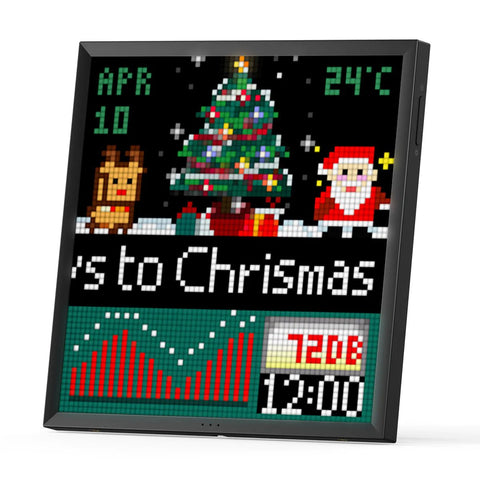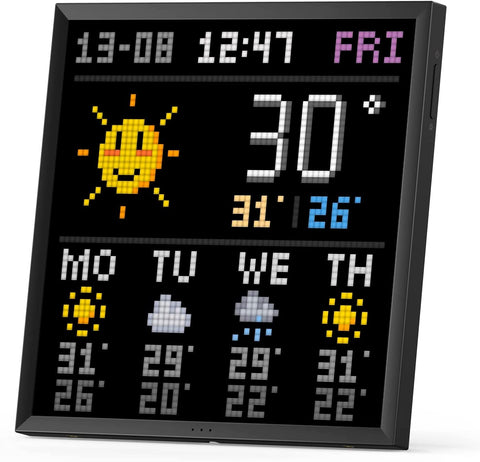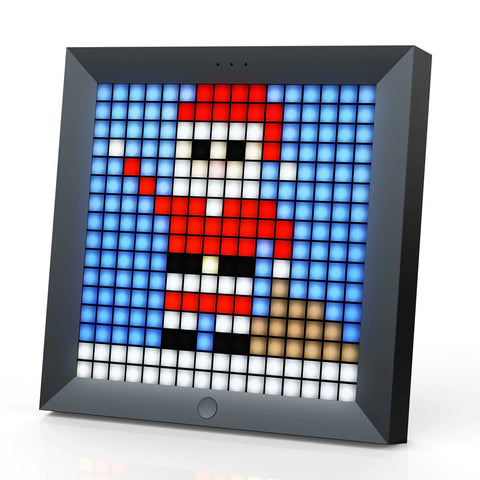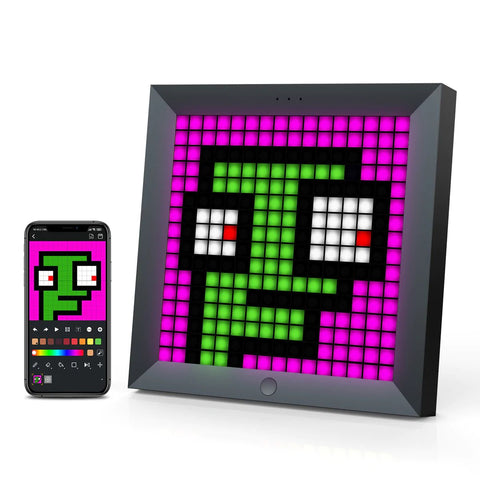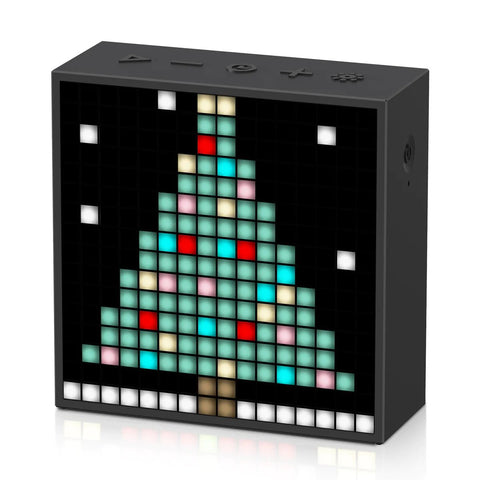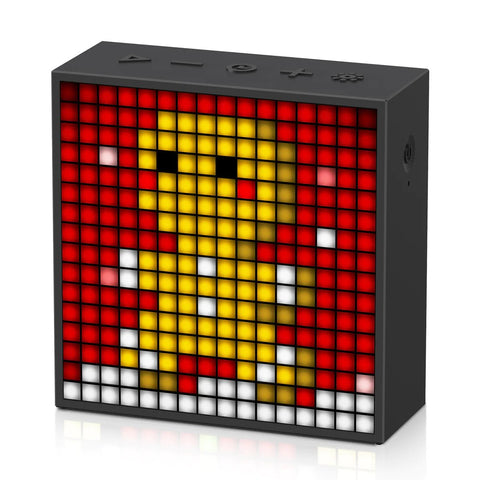Introduction
Date back to the 1980s, pixelated lights have rapidly evolved from rudimentary display devices to the astonishing, immersive, and interactive installations we marvel at today. From events to workspaces, these versatile pieces of technology can elevate the user experience to unprecedented heights. This blog post explores the potential of interactive pixelated light displays and how they can innovate events and workspaces.
The Future is Here: Interactive Pixelated Light Displays
Interactive pixelated light displays are digital screens or surfaces composed of thousands of tiny light points or 'pixels.' The ability to control each pixel individually makes these displays incredibly versatile. They offer high-resolution imagery, customizable templates, and interactivity. More than just a compelling visual spectacle, interactive pixelated light displays can also be tailored to suit an organization's particular needs.
The Magic of Interactivity
One of the defining features of these displays is their interactivity. Sensors and cameras feed real-time data into programs that then transform this information into dynamic visual designs. As users approach or touch the display, the patterns and colors change, creating a unique, engaging, and interactive experience.
Applications in Events and Workspaces
Interactive pixelated light displays can innovate events and workspaces in countless ways. Here are a few applications.
Events
- Event Branding: With programmable content, event organizers can display their logos, themes, and promotional material in captivating ways that are impossible with traditional signage.
- Interactivity: Interactive displays enthral attendees by allowing them to paint, play games, or interact with information in novel ways, which enhances engagement and boosts the event's overall success.
- Performance Visuals: For music concerts or art exhibitions, these displays can enhance performances with mind-numbing visuals, boosting the overall aesthetic and appeal of the event.
Workspaces
- Design and Aesthetics: Stylish pixelated displays can add a dash of glamour to otherwise dreary office spaces, creating a more stimulating work environment.
- Wayfinding: With interactive maps and navigation, these displays can make navigating large office spaces much easier for employees and visitors.
- Information Dissemination: Offices can use these screens to display real-time information, news, or announcements, keeping staff informed and engaged.
Real-Life Use Cases
We have some remarkable instances of how interactive pixelated light displays have breathed life into events and workspaces, turning static environments into interactive hubs of activity.
Use Case 1: Concert Visuals
During their world tour, a famous band incorporated pixelated light displays into their stage design. As the band played, the screens behind them offered visual representations of the music - the tone, the rhythm, even the mood. This immersive experience deeply connected the band with their fans.
Use Case 2: Interactive Information Board
A tech company installed an interactive pixelated light display in their office lobby. Staff can interact with the screen to browse real-time information about meetings, events, and other happenings across the company. This not only keeps the team informed but also sparks conversations and collaborations.
Conclusion
Interactive pixelated light displays are emerging as powerful tools to innovate events and workspaces. Through their immersive and engaging qualities, companies can significantly transform how their brands are perceived, influence user behaviour, and foster a more vibrant environment.
Unlock Your Space’s Potential Today!
Are you ready to embrace the future? Unlock your events' or workspaces' potential with interactive pixelated LED displays. They are the future. And the future is now!




